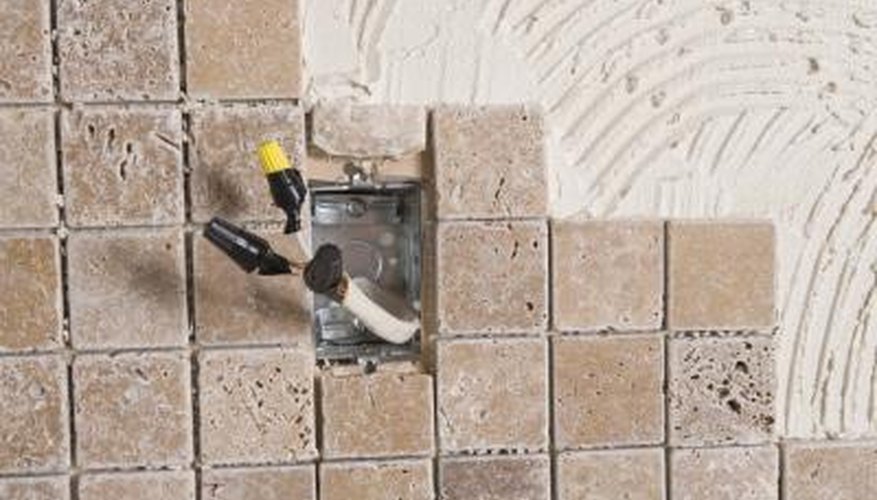Capping off an electrical socket is just another way of saying removing the outlet and wire nutting the wires. It is generally done when you want to eliminate an unwanted outlet and make the box safe, or if doing work in the area and the outlet is in the way. Wire nutting the wires off permanently is fine in a box, but you are not allowed to splice or terminate a wire without it being accessible, per National Electrical Code, or NEC 314.29. (See Reference 1) The wires must be wire nutted in a box and then a blank cover installed , if removing the outlet permanently, to meet the requirements of the International Residential Code, IRC E3806.4 that deals with unused boxes. (See Reference 2)
- Capping off an electrical socket is just another way of saying removing the outlet and wire nutting the wires.
- See Reference 1) The wires must be wire nutted in a box and then a blank cover installed , if removing the outlet permanently, to meet the requirements of the International Residential Code, IRC E3806.4 that deals with unused boxes.
- (
Turn off the breaker controlling the outlet to be capped off. Remove the cover plate from the outlet. Set your voltage tester to AC volts scale on the highest setting.
Verify that the outlet's power is off by touching one tester lead to a brass screw and the other to the silver screw of the outlet. The outlet should show 0 volts if the power is off to the outlet.
Remove the screws holding the outlet into the box with your straight tipped screwdriver. Pull the outlet out of the box so that the connections are accessible. Loosen the screws holding the wires into the outlet and pull the outlet off of the wires.
Wire nut all of the same colour wires together if there are more than one of each, black to black, white to white and bare to bare or green to green. Put a wire nut on each wire if only one of each colour are present. If temporarily capping off the outlet for work in the area, twisting the wires together isn't necessary and just tightening the wire nut onto the wire, or wires, is fine. If permanently removing the outlet, twist the same colour wires clockwise with pliers and wire nut tightly making sure no copper is exposed below the wire nut.
- Verify that the outlet's power is off by touching one tester lead to a brass screw and the other to the silver screw of the outlet.
- If temporarily capping off the outlet for work in the area, twisting the wires together isn't necessary and just tightening the wire nut onto the wire, or wires, is fine.
Turn the breaker for the outlet back on once the wire nuts have been installed so that other outlets on the circuit will work. Push the wires into the box and install a blank cover if removing the outlet for good. Finish any work in the area and replace the outlet when finished.
Turn the breaker back off and remove the wire nuts if the capping of the outlet was for work in the area. Connect the black wires back to the brass screws on the outlet and connect the white wires to the silver screws on the outlet and tighten the screws with your screwdriver. Connect the bare or green wire to the green ground screw and tighten.
- Turn the breaker for the outlet back on once the wire nuts have been installed so that other outlets on the circuit will work.
- Turn the breaker back off and remove the wire nuts if the capping of the outlet was for work in the area.
Push the wires and outlet into the box, making sure that the bare wire isn't touching any of the other screws, and tighten the screws that hold the device in. Replace the outlet cover. Turn the breaker back on.
WARNING
Electrical work should only be done, or at least supervised, by a qualified electrician. Always verify that power is off to the circuit before doing any work on it to avoid electrical shock hazards.
